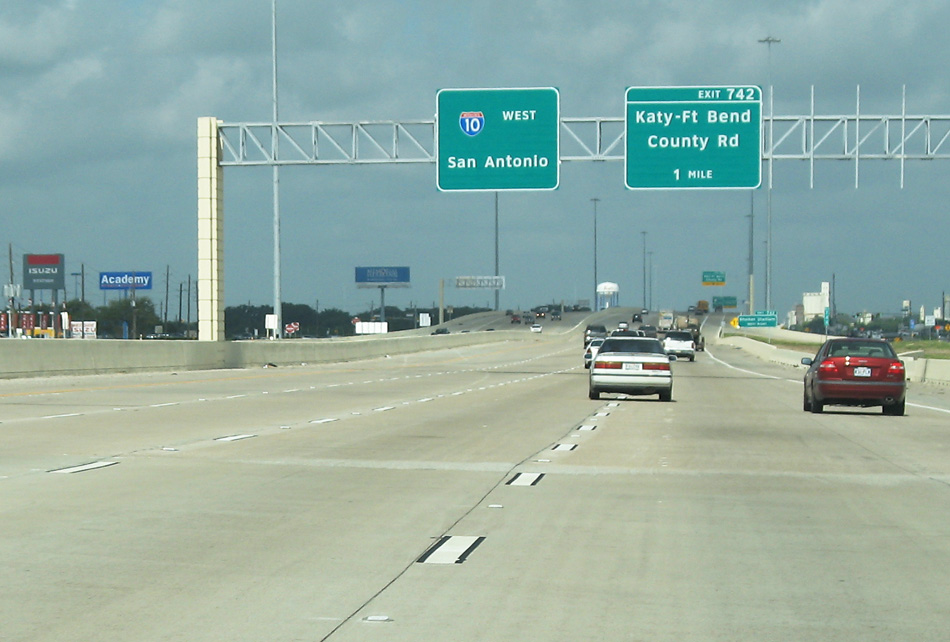John Petro
Unchecked Highway Projects Leading to Sprawl

More, wider, futher
After arguing against unchecked highway spending in the stimulus bill, it wasn’t very surprising to find this piece in today’s NY Times. The story describes the construction of a toll road in exurban Houston that is being funded by stimulus dollars. The highway is the beginning of the fourth ring of expressways that will give those flying high above the Texas city the impression of a bull’s-eye, or perhaps a large-scale advertisement for the Minneapolis-based department store Target.
Road projects like these are not a good investment. While the project will spur the development of new homes and retail centers, welcome sources of jobs in this economy, the only permanent jobs to be created are likely to be low paying service-sector retail jobs. Those who choose to live along the new road but do not work in the immediate area will need to commute long distances to more established job centers. What’s more, the families who move into the new developments because of lower home prices may find that their housing costs plus the cost of transportation will be comparable to those who are more centrally located.
The story also illustrates how low the criteria are for the funding of highway projects, especially in relation to the stringent criteria that transit projects are subject to.
But supporters of the project, which has been discussed and planned for more than two decades, say that Houston will continue to expand westward with or without the road, and that it would be better to plan for the growth than to react to it once it comes.First, I agree that it would be better to plan for the growth. However, why not plan for the growth in a way that is ultimately sustainable? Why not introduce land-use policies that will result in the construction of a mix of higher density housing along transit corridors and single-family homes in between those corridors? Why not create a development pattern that will allow residents to walk or bike for short trips to the grocery store or neighborhood schools, rather than drive for every single trip?
Second, this is a case of transportation infrastructure being planned, funded, and built in anticipation of future use. Federal criteria for transit projects, however, would never allow for a transit expansion to be built in anticipation of future development. For a primer in the way that the federal government funds highway versus transit projects, read A Better Way to Go by the U.S. PIRG.
[Transit project] proposals must be reviewed on the basis of their impacts on employment, operating efficiency, cost effectiveness, land-use impact, and level of local funding commitment. By contrast, proposals for new or expanded highways do not need to justify themselves on the grounds of economic impact, efficiency, cost-effectiveness or land-use impacts.Congress will have a chance to address the imbalance in federal funding for transit during the debate for the reauthorization of the federal transportation spending bill. Here’s hoping to a more sensible approach to transportation.
John Petro: Author Bio | Other Posts
Posted at 5:11 PM, Mar 23, 2009 in
Transportation
Permalink | Email to Friend










